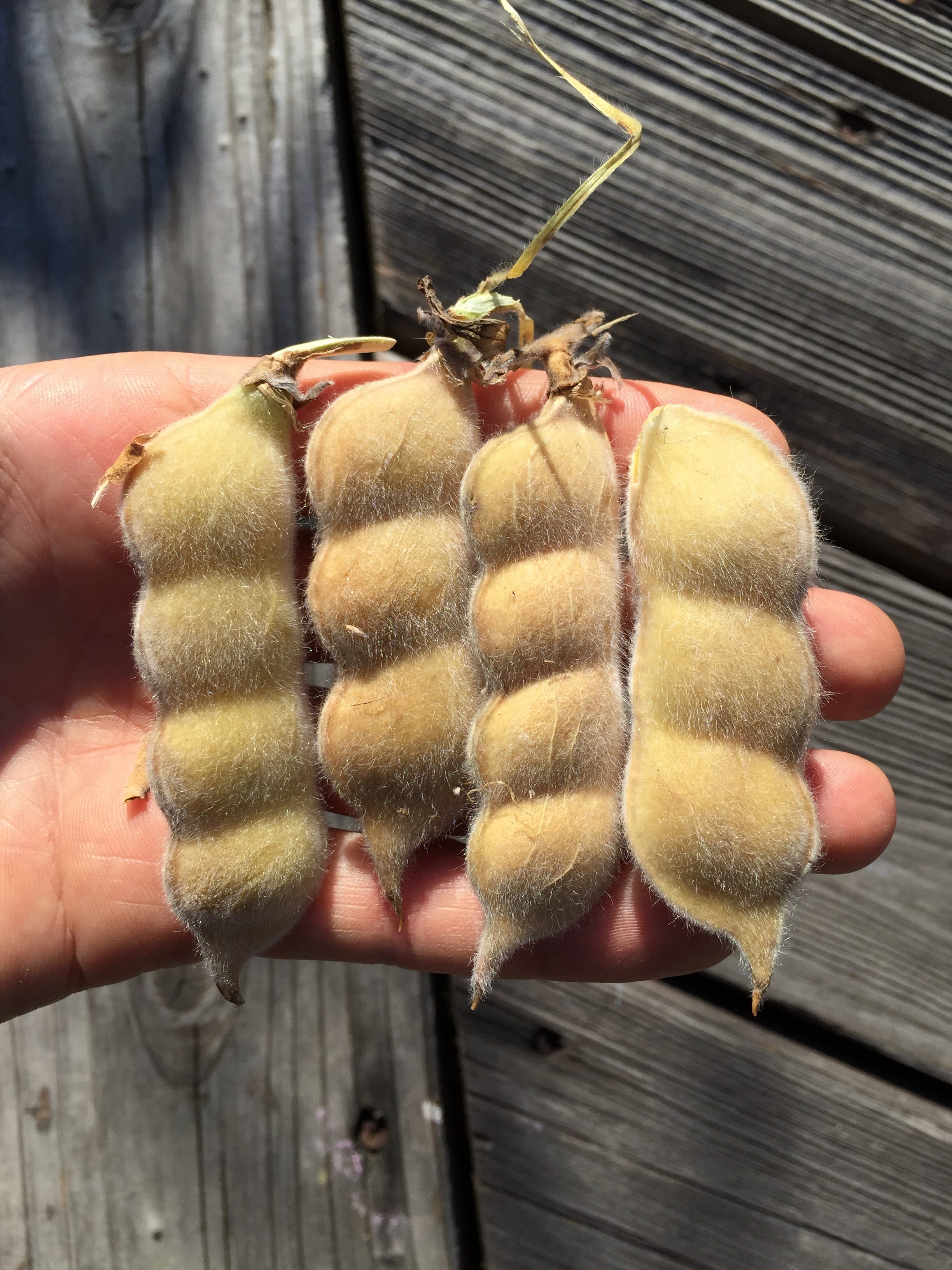BACKGROUND, ORIGIN AND DISTRIBUTION
Actually more closely related to the turnip (Brassica rapa var. rapa) then broccoli, Rapini is likely the semi-domesticated descent of a wild herb originating either in China or the Mediterranean region.
Rapini (commonly marketed in the United States as broccoli raab or broccoli rabe
USES AND ETHNOBOTANY
The edible stems and buds buds somewhat resemble broccoli, and are closely related, but do not form a large head. Rapini is known for its slightly bitter taste and is particularly associated with Italian, Galician, and Portuguese cuisines.
All tender parts of the plant are traditionally sautéed with olive oil or butter, garlic and chilis, then eaten as a side dish or used in sandwiches, etc. It is a traditional side dish for porchetta.
Rapini is a good source of vitamins A, C, and K, as well as potassium, calcium, and iron. The leaves, stems, buds, and flowers are edible. Photos of the flowers and buds below.




